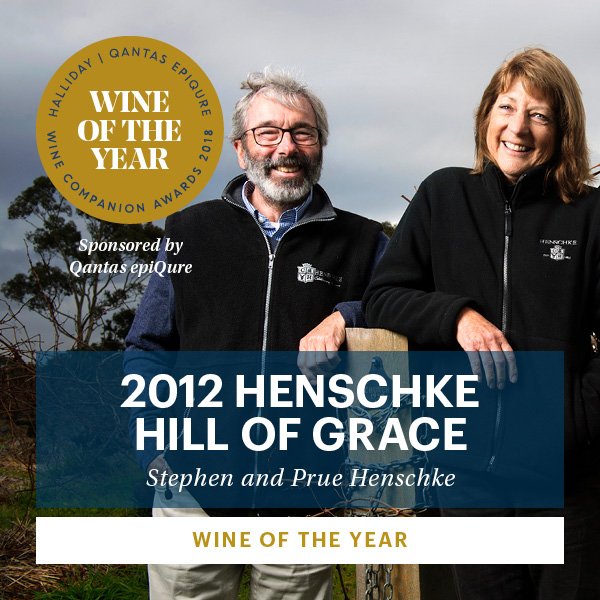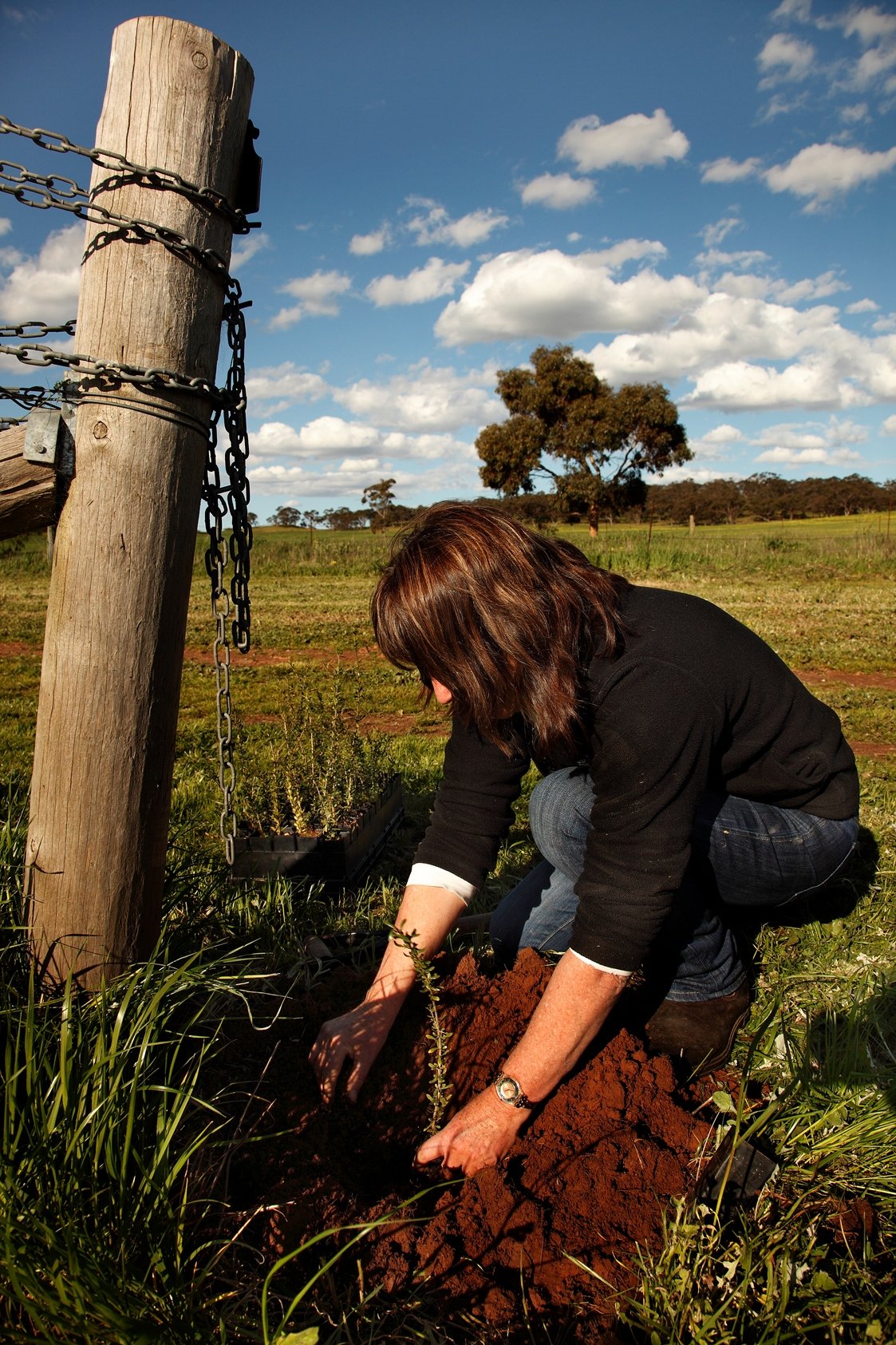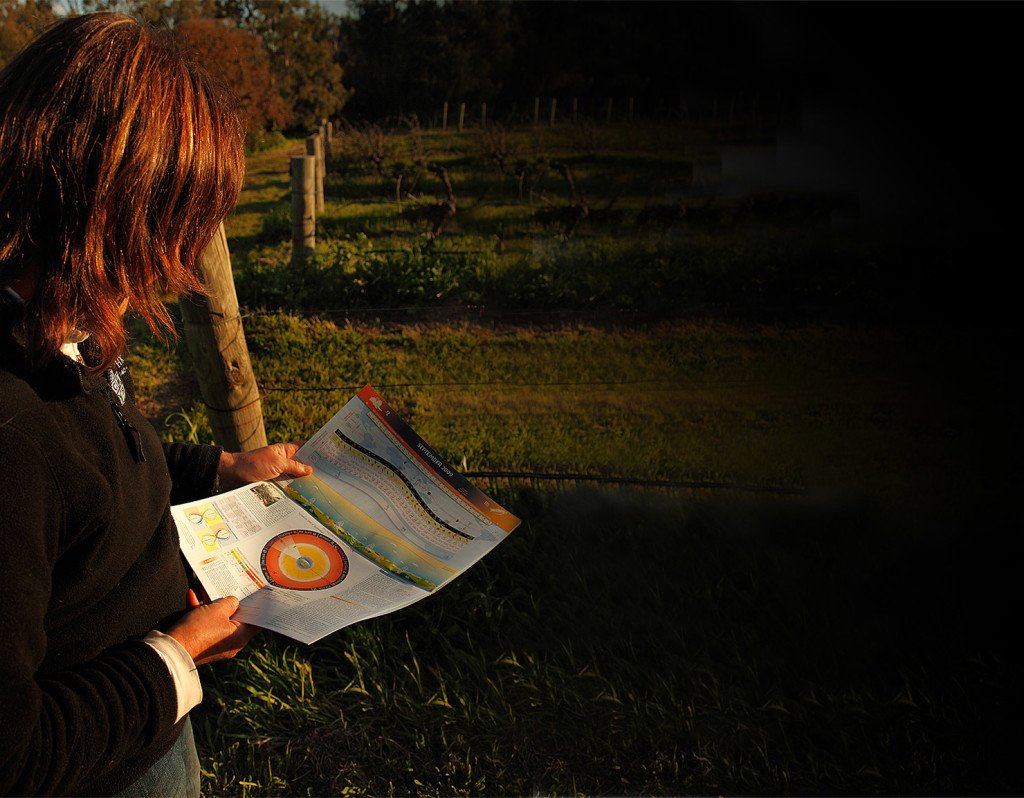News
Australia’s most famous single-vineyard wine, Henschke Hill of Grace 2012 was awarded the hotly contested ‘Wine of the Year’

Australia’s most famous single-vineyard wine, Henschke Hill of Grace 2012 was awarded the hotly contested ‘Wine of the Year’ and ‘Best Shiraz’ titles at the fifth annual Qantas epiQure Halliday Wine Companion Awards ceremony, held on Wednesday night, 2 August in Melbourne.
Fifth-generation winemaker, Steph...

